252 → 2 * 63 + 2 * 63 = 9 * 28. To continue: The microcosmic nature of my documentation will generate several impulses (ideas) from every place. I would like to here go back to the pair Harpocrates and Heka: 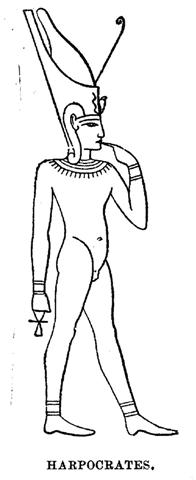 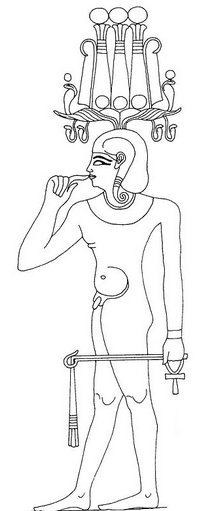 When placed face to face like this they might be considered as an illustration of the quarter of Sun light which grows from daybreak (spring equinox) up to broad daylight at midsummer (noon). Heka (the Magician) is here reversed as compared to Harpocrates (Horus, the Sun at daybreak). For at noon the Morning Sun must go away (oho), i.e. the real sun will not continue beyond his face in the mirror. Heka stands at the equilibrium between am and pm - which could explain why a horizontal crook is depicted in his left hand. ... And when the other was admitted to his presence: 'What is this, my flesh, that you would show me?' Tezcatlipoca answered, 'My Lord and Priest, look now at your flesh; know yourself; see yourself as you are seen by others!' And he presented the mirror. Whereupon, seeing his own face in that mirror, Quetzalcoatl immediately cried out, 'How is it possible that my subjects should look upon me without fright? Well might they flee from before me. For how can a man remain among them when he is filled as I am with foul sores, his old face wrinkled and of an aspect so loathsome? I shall be seen no more, I shall no longer terrify my people' ...
Here the Sun had to leave, continue in form of his 'leaves' (off-spring), ... And then she looked in her hand [in front of her], she inspected it right away, but the bone's saliva wasn't in her hand. It is just a sign I have given you, my saliva, my spittle. This, my head, has nothing on it - just bone, nothing of meat.
It's just the same with the head of a great lord: it's just the flesh that makes his face look good. And when he dies, people get frightened by his bones. After that, his son is like his saliva, his spittle, in his being, whether it be the son of a lord or the son of a craftsman, an orator. The father does not disappear, but goes on being fulfilled. Neither dimmed nor destroyed is the face of a lord, a warrior, craftsman, an orator. Rather, he will leave his daughters and sons. So it is that I have done likewise through you. Now go up there on the face of the earth; you will not die. Keep the word. So be it, said the head of One and Seven Hunaphu - they were of one mind when they did it ...
Such a remarkable feat of renewal must require a Magician. ... The 'classic' version, however, was much more detailed: the rope would seem to rise high into the skies, disappearing from view. The boy would climb the rope and be lost to view. The magician would call back his boy assistant, and, on getting no response, become furious. The magician then armed himself with a knife or sword and climbed the rope, vanishing too. An argument would be heard, and then limbs would start falling, presumably cut from the assistant by the magician. When all the parts of the body, including the torso, landed on the ground, the magician would climb down the rope. He would collect the limbs and put them in a basket, or collect the limbs in one place and cover them with a cape or blanket. Soon the boy would appear, restored ... The celtic year was beginning at midsummer and the Q text did not in its overview document the time of pm. Its fish-hook (Qa5-55) was only a 'sketch' (had only a spiritual nature, was only an idea). A glyph designed with open perimeter should, like an open bivalve, indicate its real (living) person was no longer present, had left.
... When this tremendous task had been accomplished Atea took a third husband, Fa'a-hotu, Make Fruitful. Then occurred a curious event. Whether Atea had wearied of bringing forth offspring we are not told, but certain it is that Atea and her husband Fa'a-hotu exchanged sexes. Then the [male] eyes of Atea glanced down at those of his wife Hotu and they begat Ru. It was this Ru who explored the whole earth and divided it into north, south, east, and west ...
...the great high priest and monarch of the Golden Age in the Toltec city of Tula, the City of the Sun, in ancient Mexico, whose name, Quetzalcoatl, has been read to mean both 'the Feathered Serpent' and 'the Admirable Twin', and who was fair of face and white of beard, was the teacher of the arts to the people of pre-Columbian America, originator of the calendar, and their giver of maize. His virgin mother, Chimalman - the legend tells - had been one of the three sisters to whom God, the All-Father, had appeared one day under his form of Citlallatonac, 'the morning'. The other two had been struck by fright, but upon Chimalman God breathed and she conceived. She died, however, giving birth, and is now in heaven, where she is revered under the honourable name of 'the Precious Stone of Sacrifice', Chalchihuitzli ...
And early I found a pattern on side a of the G tablet which I perceived should be a kind of abridged calendar for the year. ... At length there appeared beside them the gable and thatched roof of the house of Tonganui, and not only the house, but a huge piece of the land attached to it. The brothers wailed, and beat their heads, as they saw that Maui had fished up land, Te Ika a Maui, the fish of Maui. And there were houses on it, and fires burning, and people going about their daily tasks. Then Maui hitched his line round one of the paddles laid under a pair of thwarts, and picked up his maro, and put it on again. 'Now while I'm away,' he said, 'show some common sense and don't be impatient. Don't eat food until I come back, and whatever you do don't start cutting up the fish until I have found a priest and made an offering to the gods, and completed all the necessary rites. When I get back it will be all right to cut him up, and we'll share him out equally then. What we cannot take with us will keep until we come back for it.' Maui then returned to their village. But as soon as his back was turned his brothers did the very things that he had told them not to. They began to eat food, which was a sacrilege because no portion had yet been offered to the gods. And they started to scale the fish and cut bits off it. When they did this, Maui had not yet reached the sacred place and the presence of the gods. Had he done so, all the male and female deities would have been appeased by the promise of portions of the fish, and Tangaroa would have been content. As it was they were angry, and they caused the fish of Maui to writhe and lash about like any other fish. That is the reason why this land, Aotearoa, is now so rough and mountainous and much of it so unuseful to man. Had the brothers done as Maui told them it would have lain smooth and flat, an example to the world of what good land should be. But as soon as the sun rose above the horizon the writhing fish of Maui became solid underfoot, and could not be smoothed out again. This act of Maui's, that gave our people the land on which we live, was an event next in greatness to the separation of the Sky and Earth ... Where there were 31 parts each with 13 (31 * 13 = 403) days (although with different number of glyphs), and where midyear was located in part number 15 (from day 183 up to and including day 194), beginng with the Sun at φ Leonis:
This should be at the time when the Full Moon ideally would be at the Bucket Rope It was always a matter of the life-giving water delivered downwards from somewhere high above (which would be in the south for people living in ancient Egypt).
... τ, 4.5, with υ, was Al Sufi's Sa'd al Na'amah, which Knobel thinks should be Al Na'āim, the Cross-bars over a well; but they also were known as Al Karab, the Bucket-rope. The usual titles for τ - Markab and Sagma or Salma - are from Bayer, but the last two should be Salm, a Leathern Bucket ... Counting glyphs from Ga2-27 (→ π) up to and including Ga7-10 at 16h (*243.5) will result in 180 - 57 = 123, a result we immediately can put in conjunction with 107 + 16 = 91 + 32. Furthermore, 123 was, as we should remember, the number of glyphs on side a of the Phaistos Disc.
If we should add 16 days (glyphs) corresponding to the time when the star in question would still remain invisible due to the strong rays from the Sun,
this kind of addition ought then to be repeated once more for the other half of the year (misseri).
We can compare and put in contrast with the extremely complicated Ceque system, which in overview had a single year with its last (4th) quarter qualitatively different from the preceding three. 3 * 9 + 14 = 41 → 41 Arietis (Bharani):
Possibly this 4th quarter corresponded to the time from Halloween (224) to 3-14 (π) → March 14 (365 + 73 = 224 + 214 = 396 - 172 + 214). Witches were magicians.
|
|||||||||||||||||||||||||||||||||||||||||||||||||||||||||||||||||||||||||||||||||||||||||||||||||||||||||||||||
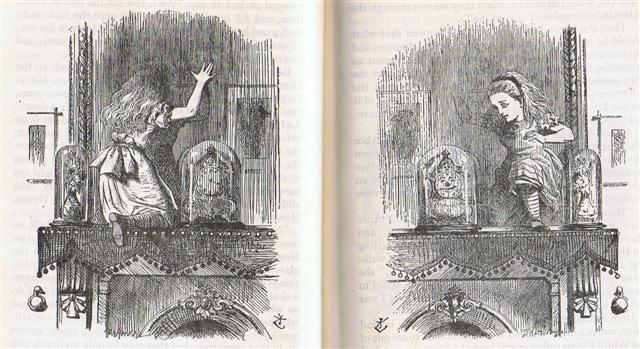

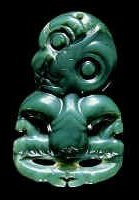
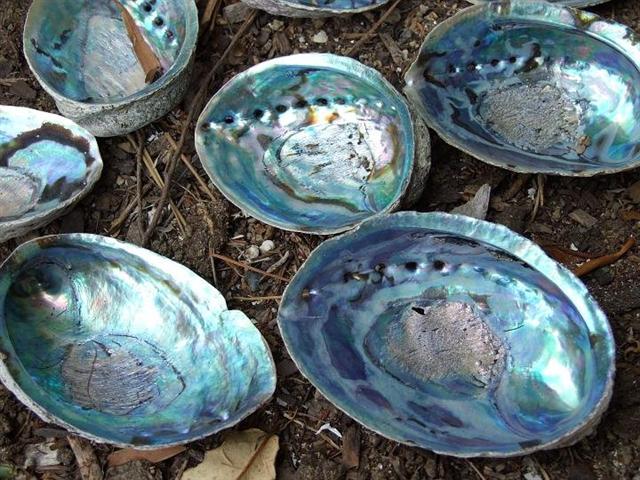


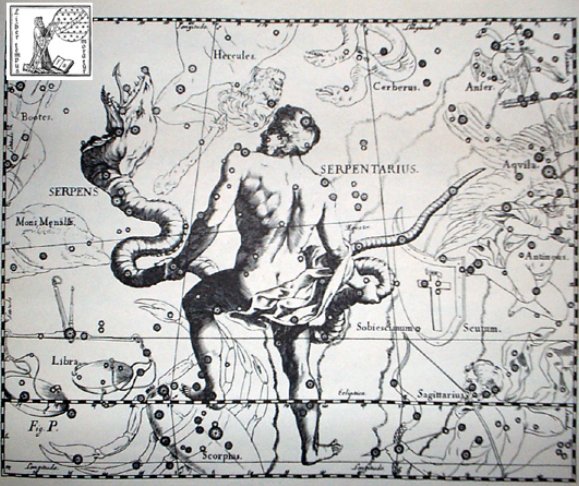
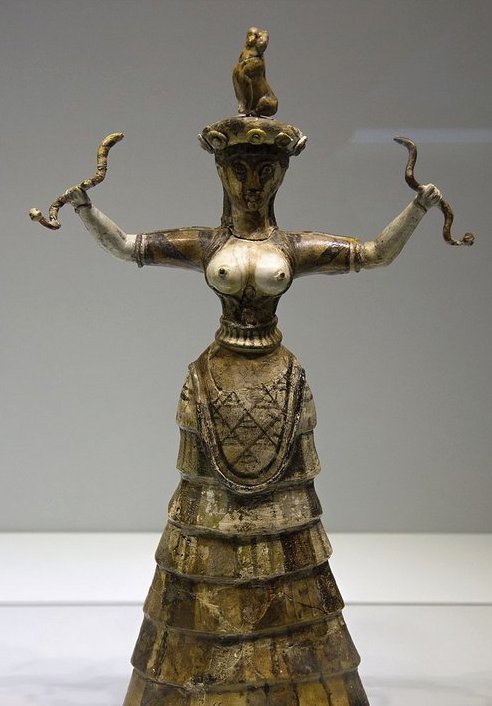
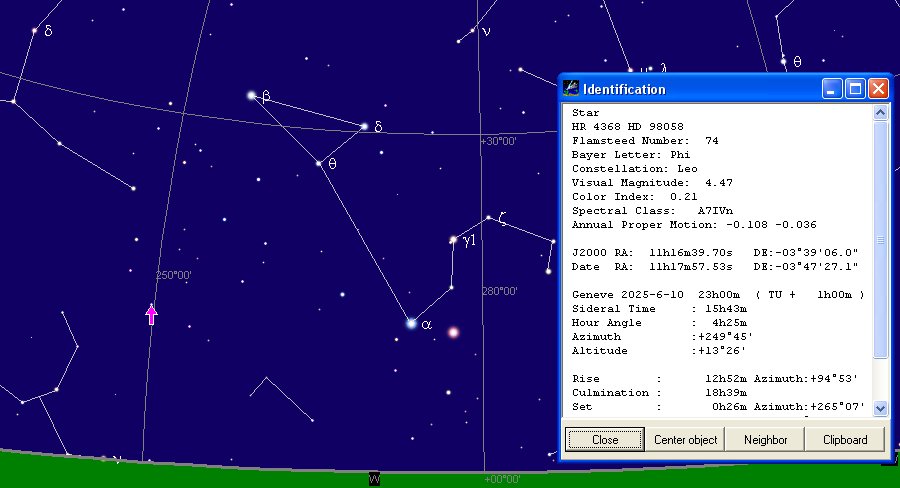



.jpg)


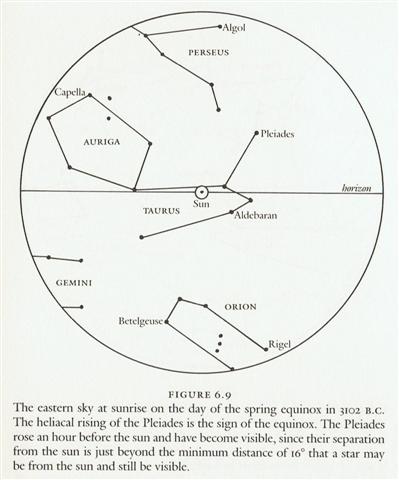


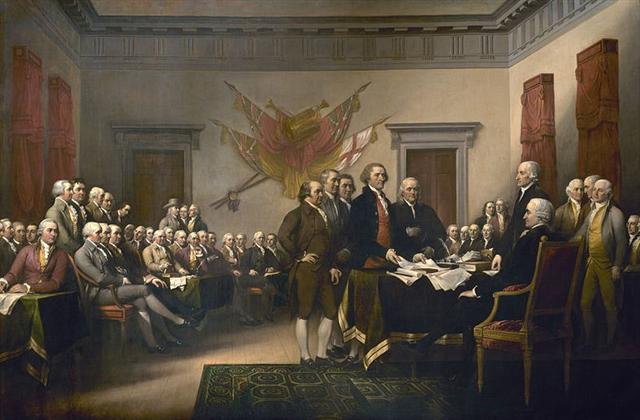


.jpg)
